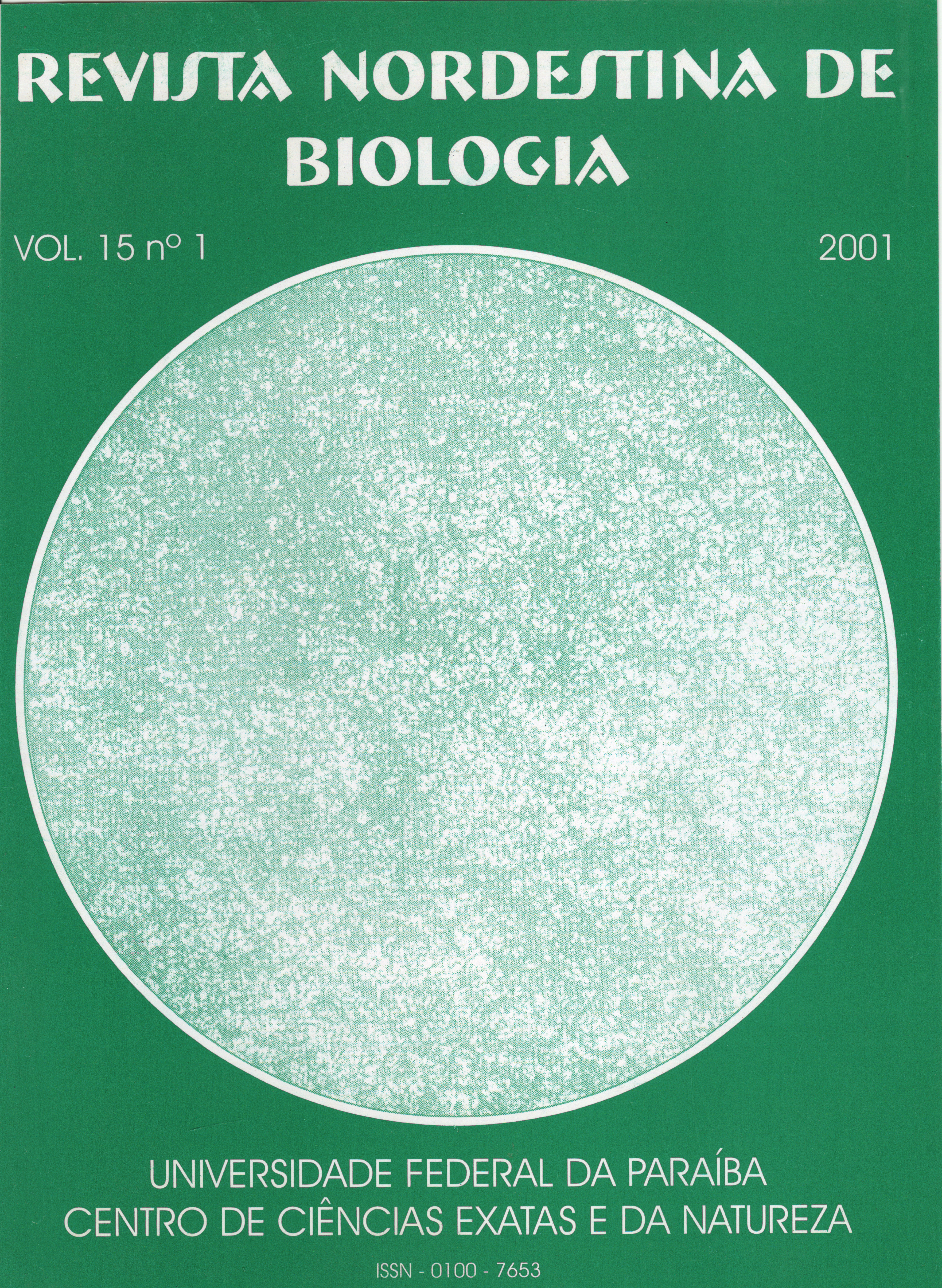BRANQUEAMENTO EM SIDERASTREA STELLATA (CNIDARIA, SCLERACTINIA) DA PRAIA DE GAIBU, PERNAMBUCO, BRASIL
Resumo
Zooxanthellae are symbiotic dinoflagellates found within the tissue of many marine invertebrates. In scleractinian corais these dinoflagellates are found within their endoderm cells and develop a close symbiotic relationship. The objective of this study was to comparatively analyse the sensity of zooxanthellae in bleached, partially bleached, and unbleached samples of the stony coral Siderastrea stellata collected from Gaibu Beach. Nine colonies were collected from April to July 1996. The tissue of these colonies was extracted using a compressed-air system (Water Pik) and their zooxanthellae were mechanically homogenized. The zooxanthellae counts were made microscopically in a Fuchs-Rosenthal chamber (haemacytometer). The results showed that bleaching in the studied colonies was due to a significative reduction in the symbionts populational density. Howerver, a parallel analysis of the photosynthetizing pigments of the symbionts should be included and the bleached colonies should be monitored in order to follow their rate of recovery. Relevant environmental parametrs should also be analyzed as this kind of data will make possible a more comprehensive approach to Brazilian bleached corais and a better understanding of the real consequences of this phenomena both for the host and for the symbiont.
Keywords: Bleaching, zooxanthellae, dinoflagellates, Scleractinia, Northeast Brazil.
Descritores: Branqueamento, zooxantelas, dinoflagelados, Scleractinia, Nordeste do Brasil.
Downloads
Downloads
Edição
Seção
Licença
Os originais aceitos e publicados tornam-se propriedade da Revista Nordestina de Biologia, sendo vedada sua reprodução total ou parcial, sem a devida autorização da Comissão Editorial, exceto para uso de estudo e pesquisa, desde que citada a fonte.



